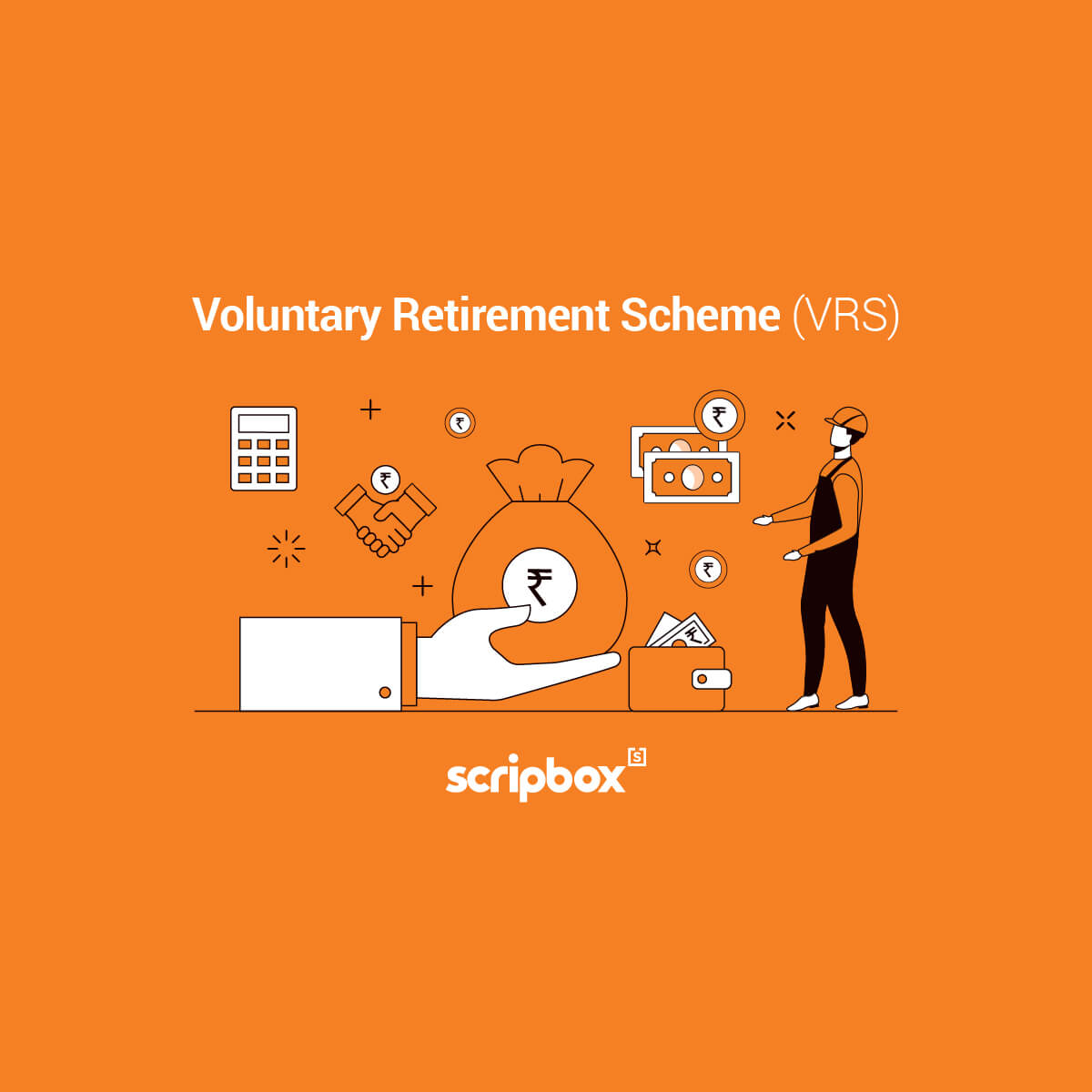In times of economic adversity, companies resort to various measures for cutting down costs. Reducing their workforce under Voluntary Retirement Scheme (VRS) is one such step that helps them improve productivity and profits. Companies of both public and private sectors are allowed to implement the scheme.
Employees working under continuous pressure for years accept the offer for VRS. They get a break from the monotony of working in the same environment and may even take up a different profession or move to a new location.
The benefits of the Voluntary Retirement Scheme for the organization and the flexibility it offers to employees make it a win-win decision for both parties. It is also known as a ‘Golden Handshake’ between the parties.
What is Voluntary Retirement (VR)?
Working individuals of most organisations retire at the age of 60 years (or 58 years, according to policies of some companies). This milestone does not take into account the person’s capability to continue working. They retire from their work obligations and lead a life of their interest. Under VRS, individuals can choose to retire in their 40s or 50s. Companies use it as a scheme to reduce the strength of their employees and manage costs. Employees may opt for it to pursue their passion, or devote time to any other commitments.
What is VRS?
The Government of India launched the Voluntary Retirement Scheme. The aim was to improve the profitability of public and private sector companies. There may be varied reasons for a company to enforce VRS. First to reduce their overhead costs. Second to make up for a decline in sales. Companies opt for VRS to lift off their burden like in the case of a merger it helps in organizational restructuring. Beyond these technological advancements have also reduced the requirement of manpower.
The guidelines for implementing VRS have been laid down under the Industrial Disputes Act of 1947. The restrictions and mandates mentioned in these guidelines protect the rights of both parties.
Direct retrenchment of employees is not permissible under Indian labor laws. VRS scheme is a sound legal option for companies to control costs. The VRS scheme is accepted by unions also as it is not a regular termination from employment. It gives the final decision-making authority to the employee. Employees who have completed a minimum service tenure of 10 years or are above 40 years of age can apply to benefit from the Voluntary Retirement Scheme.
Features of Voluntary Retirement Scheme
- Employee must have completed 10 years of service or must be above 40 years of age to avail VRS.
- Companies clear Provident fund (PF) and gratuity dues at the time of retirement under VRS.
- The compensation paid under VRS is income tax-free up to Rs. 5 lakhs under section 10 (10C) of the Income Tax Act. You must claim it in the same assessment year as that of receiving compensation.
- Employees can benefit from rehabilitation, tax consultation, and counseling, etc. Companies offer assistance to facilitate smooth retirement.
- Retiring employees must not join any other organization belonging to the same industry or management.
- Companies cannot refill the vacancies created by implementing VRS.
Voluntary Retirement Rules
Organisations and employees both can benefit from the implementation of the Voluntary Retirement Scheme. Major advantages of VRS are:
- It is an empathetic way to relieve employees as companies effectively reduce the workforce strength for improving their economic efficiency.
- The VRS process is transparent and employee acceptance is voluntary. So, there is no objection from Trade Unions.
- Employees get their accrued dues and emoluments as per company policy at the time of retirement.
- Employees can utilize the funds to start their own business or pursue anything from their field of interest.
- The rules and regulations of the VRS scheme are in accordance with the Industrial Disputes Act of 1947. Violations of these by any party are not permissible.
VRS Eligibility
To be eligible for availing of the Voluntary Retirement Scheme, the employee should be a minimum of 40 years of age or should have completed a minimum of ten years of service. VRS applies to all employees of an organisation, except Directors of the company or cooperative society.
VRS Calculation
The compensation under a VRS is calculated based on the last drawn salary of an employee. An amount equivalent to three months’ salary for each completed year of service may be paid. An alternative method of calculation is by multiplying the employee’s salary at the time of voluntary retirement with the remaining months of service left for the actual date of retirement. Most organizations use both methods of calculation. The VRS amount paid is the lower one calculated using both these methods.
Conclusion
A voluntary retirement scheme is a savior for companies struggling to survive. They may improve their financial condition by reducing the total number of employees. Employees dependent on such unstable organizations can move out. They can opt for more stable options of income. The financial ease and upskilling assistance offered by some companies make the adoption of this new phase of life simpler for their employees. However, once your company offers a Voluntary Retirement Scheme, take time to review its terms. Make a decision only after weighing the pros and cons of opting for a VRS.
Explore: ESI Calculation
























Show comments